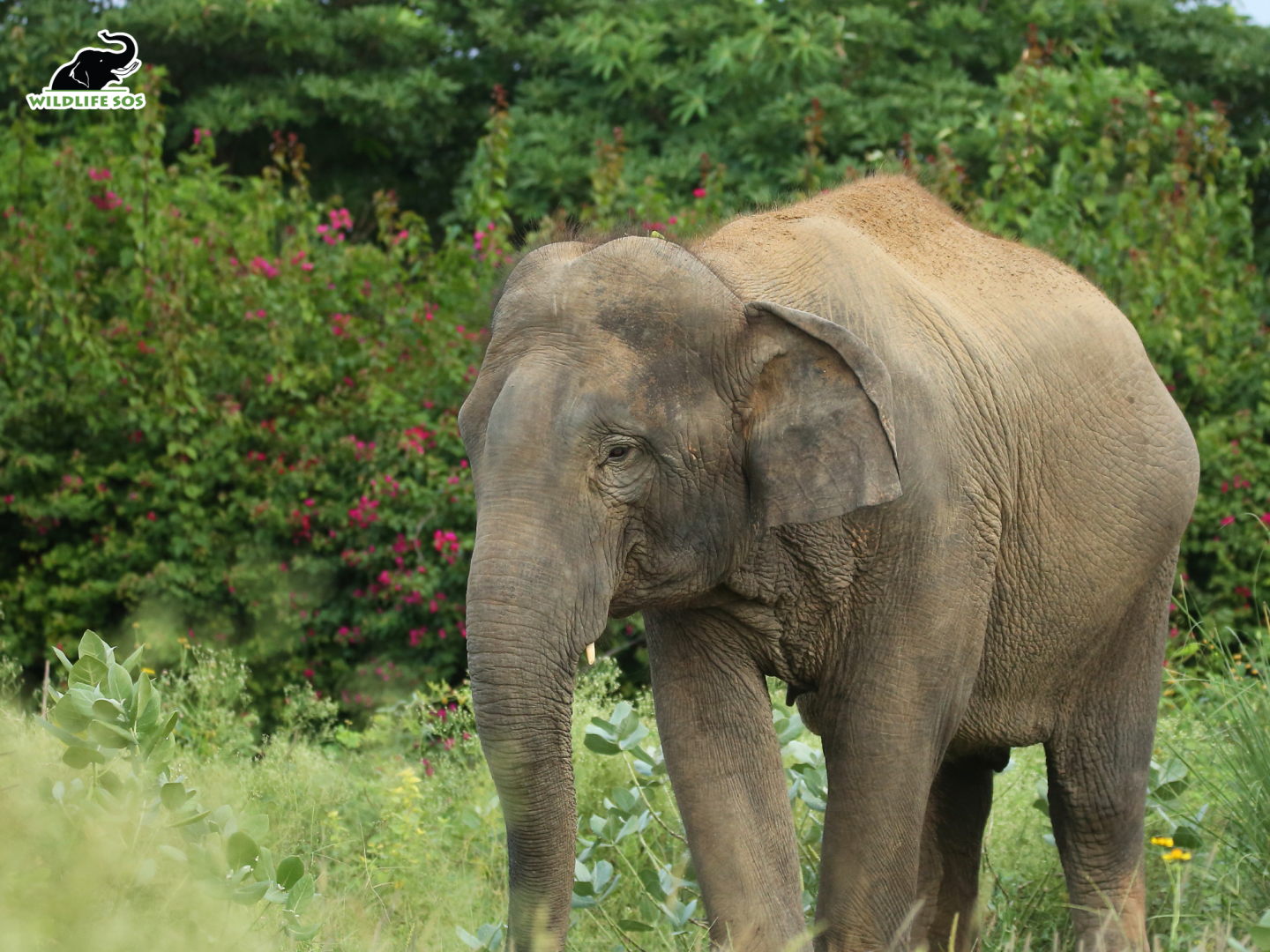In the vast tapestry of the natural world, few events rival the grandeur and significance of the annual elephant migration. These majestic creatures, among the largest and most awe-inspiring mammals on Earth, embark on a journey of epic proportions, traversing vast distances in search of food, water, and safer habitats. The phenomenon of elephant migration not only showcases the remarkable adaptability and intelligence of these giants but also underscores the delicate balance between nature and the ever-changing environment.

Elephants, with their formidable size and social structures, have captivated human imagination for centuries. They possess an innate ability to forge strong familial bonds and create intricate social networks within their herds. However, as the seasons change and resources become scarce, elephants are driven by an instinctive urge to migrate in search of greener pastures and life-sustaining water sources.
The migration of elephants is a symphony of movement and cooperation. Whole families, from the eldest matriarch down to the youngest calf, participate in this remarkable phenomenon. The journey is not without challenges; elephants must navigate diverse landscapes, from dense forests to open savannahs, often encountering obstacles such as rivers, mountains, and human settlements.
One of the most awe-inspiring elephant migrations takes place in Africa, where these creatures traverse vast distances across the savannahs, creating an almost mythical spectacle. This journey is driven by a deep understanding of the environment and its seasonal rhythms. As the dry season approaches and water sources become scarce, elephants embark on their great trek in search of life-sustaining oases.
The migration serves as a testament to the remarkable memory and intelligence of these animals. Often, the same routes are taken year after year, highlighting the collective knowledge and adaptability of the herd. Along the way, elephants leave their mark on the landscape, creating paths that also benefit other species and shaping the ecosystem itself.
The significance of elephant migration reaches beyond the natural world. It also draws attention to the critical importance of conservation efforts and the need to protect the habitats that sustain these magnificent creatures. Human activities, such as deforestation and habitat destruction, pose significant threats to elephant populations, disrupting their migration patterns and endangering their survival.

Witnessing an elephant migration is a humbling experience that reminds us of the interconnectedness of all life on Earth. It underscores the importance of maintaining biodiversity, respecting the delicate balance of ecosystems, and preserving the habitats that countless species rely upon.
In an era of environmental uncertainty, the migration of elephants stands as a symbol of hope and resilience. It serves as a reminder that even the mightiest creatures on our planet are subject to the ebb and flow of nature. As we continue to marvel at their awe-inspiring journey, let us also take it as a call to action—to protect, preserve, and coexist with the remarkable giants that share our world.





